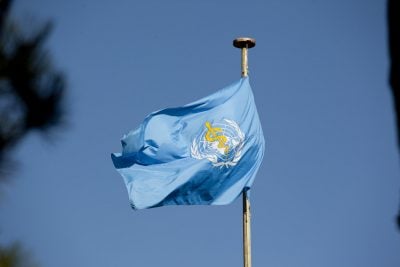hCG Found in WHO Tetanus Vaccine in Kenya Raises Concern in the Developing World
WHO researchers had conjugated tetanus toxoid (TT) with human chorionic gonadotropin (hCG) producing a “birth-control” vaccine

Of relevance to the current debate on vaccines, originally published in 2017
Abstract
In 1993, WHO announced a “birth-control vaccine” for “family planning”. Published research shows that by 1976 WHO researchers had conjugated tetanus toxoid (TT) with human chorionic gonadotropin (hCG) producing a “birth-control” vaccine. Conjugating TT with hCG causes pregnancy hormones to be attacked by the immune system. Expected results are abortions in females already pregnant and/or infertility in recipients not yet impregnated. Repeated inoculations prolong infertility. Currently WHO researchers are working on more potent anti-fertility vaccines using recombinant DNA. WHO publications show a long-range purpose to reduce population growth in unstable “less developed countries”.
By November 1993 Catholic publications appeared saying an abortifacient vaccine was being used as a tetanus prophylactic. In November 2014, the Catholic Church asserted that such a program was underway in Kenya. Three independent Nairobi accredited biochemistry laboratories tested samples from vials of the WHO tetanus vaccine being used in March 2014 and found hCG where none should be present. In October 2014, 6 additional vials were obtained by Catholic doctors and were tested in 6 accredited laboratories. Again, hCG was found in half the samples. Subsequently, Nairobi’s AgriQ Quest laboratory, in two sets of analyses, again found hCG in the same vaccine vials that tested positive earlier but found no hCG in 52 samples alleged by the WHO to be vials of the vaccine used in the Kenya campaign 40 with the same identifying batch numbers as the vials that tested positive for hCG. Given that hCG was found in at least half the WHO vaccine samples known by the doctors involved in administering the vaccines to have been used in Kenya, our opinion is that the Kenya “anti-tetanus” campaign was reasonably called into question by the Kenya Catholic Doctors Association as a front for population growth reduction.
Read full article here.
*
Note to readers: please click the share buttons above or below. Forward this article to your email lists. Crosspost on your blog site, internet forums. etc.
Authored by: John Oller, Christopher A Shaw, Lucija Tomljenovic, Stephen K. Karanja
Featured image is from Wikimedia Commons

